The Real Deal on Corner Sofa Beds: Your Ultimate Buyer’s Guide
I’ve been around the furniture world for a long time, long enough to see trends come, go, and come back again. But the one piece that’s always a hot topic is the corner sofa bed, or the sectional sleeper. People either see it as a brilliant space-saver or a bulky, uncomfortable compromise. And honestly? They can be both.
In this article
The truth is, whether a sectional sleeper is a dream come true or a total nightmare all comes down to the details you can’t see in a pretty showroom photo. It’s not about a simple yes or no; it’s about knowing what to look for and, frankly, what you can expect for your money.
I remember this young couple who’d just scraped together enough for their first city apartment. It was tiny. They needed a comfy sofa for movie nights but also a decent bed for when their parents visited. They were totally convinced a corner sofa bed would be massive and flimsy. I walked them through the stuff we’re about to cover—the frame, the mechanism, the foam—and they ended up with a piece that became the heart of their home. This isn’t a sales pitch; it’s the insider knowledge you need to do the same.
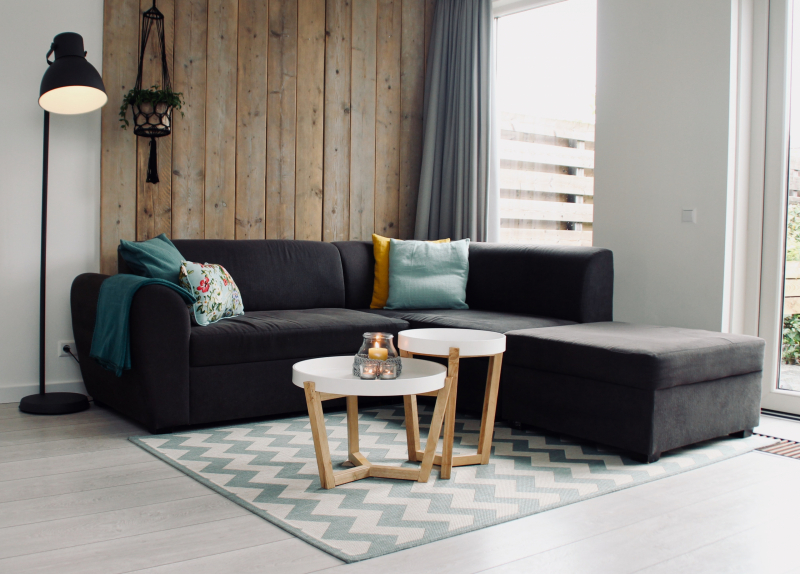
What’s Really Under the Hood? The Frame and Bones
Forget the fabric color for a second. A sofa bed is an engineering puzzle. It has to be a great sofa and a great bed, and that’s a tough gig. The secret to one that doesn’t suck is a solid skeleton.
The gold standard is a frame made from kiln-dried hardwood like oak or maple. The “kiln-dried” part is crucial—it means the wood has been properly dried so it won’t warp or crack in your home’s humidity. A solid alternative is high-quality, multi-layered engineered hardwood or furniture-grade plywood. It’s stable and holds screws like a champ.
Now, here’s what to run from: particleboard (sometimes called chipboard). It’s just wood dust and glue. It sags, screws strip out of it easily, and it simply can’t handle the long-term stress of a heavy sleeper mechanism. I’ve seen these things crack during delivery.
Quick tip: So how do you spot particleboard when it’s all covered up? Try to lift one corner of the sofa. A particleboard frame often feels surprisingly heavy, but it’s a “dead” weight with no structural integrity. If you can, take a discreet peek under the black dust cover on the bottom. If you see raw, flaky, sawdust-looking wood held together with tons of staples… you’ve found your red flag.
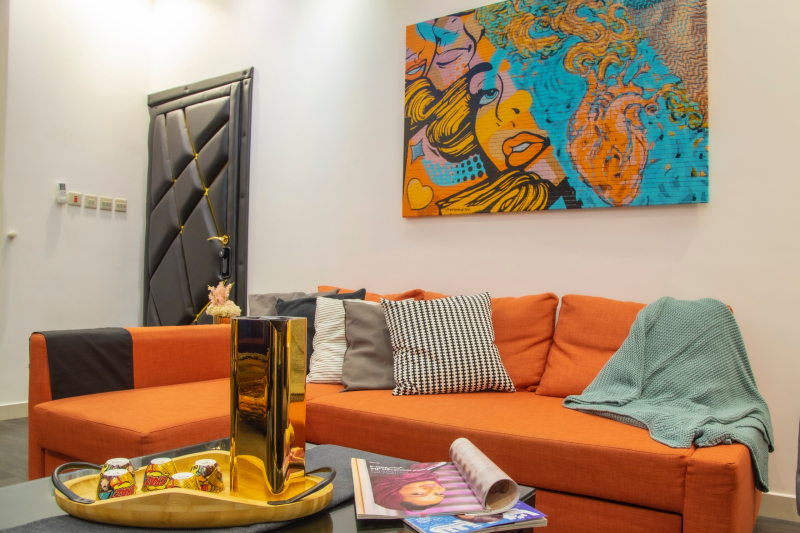
Oh, and speaking of staples, look at how the corners are put together. Quality pieces have extra wooden triangles called corner blocks that are glued and screwed in for support. If the main joints are held together only by staples, just walk away. That’s a disposable sofa.
The Moving Parts: How it Turns Into a Bed
The mechanism is the heart of the operation and, by the way, the most common point of failure. A clunky, squeaky mechanism is a sign of cheap parts that will only get worse.
There are a few main styles you’ll see:
- The Traditional Pull-Out: This is the classic design where a folded mattress on a metal frame pulls out from the base. Modern ones are a huge improvement, but you need to test it. One person should be able to open and close it smoothly without a wrestling match. Best for: Frequent guest use, if you get a good one. Look out for: The dreaded “bar in the back” that you can feel through a thin mattress. Better models use wood slats or a polypropylene deck instead of a bouncy mesh.
- The Drawer or Trundle Style: This is my personal favorite for ease of use. A separate platform with a mattress just rolls out from underneath. It’s super easy to operate and often provides a firmer, more stable sleep surface. Best for: Kids’ rooms or anyone who hates struggling with mechanisms. Look out for: The bed is often much lower to the ground, which might be tough for some guests.
- The Clic-Clac Style: This is where the sofa back just clicks down to lie flat with the seat, like a futon. It’s simple, for sure. Best for: Emergency use or a teenager’s hangout space, not for your in-laws. Look out for: That uncomfortable dip or hard seam that inevitably runs right down the middle where the two cushions meet.
When you’re in the store, don’t be shy. Open and close it at least five times. Does it grind or catch? Any weird noises are a sign of poor alignment that will wear out fast. Also, check for pinch points—a well-designed mechanism has guards to keep fingers safe.
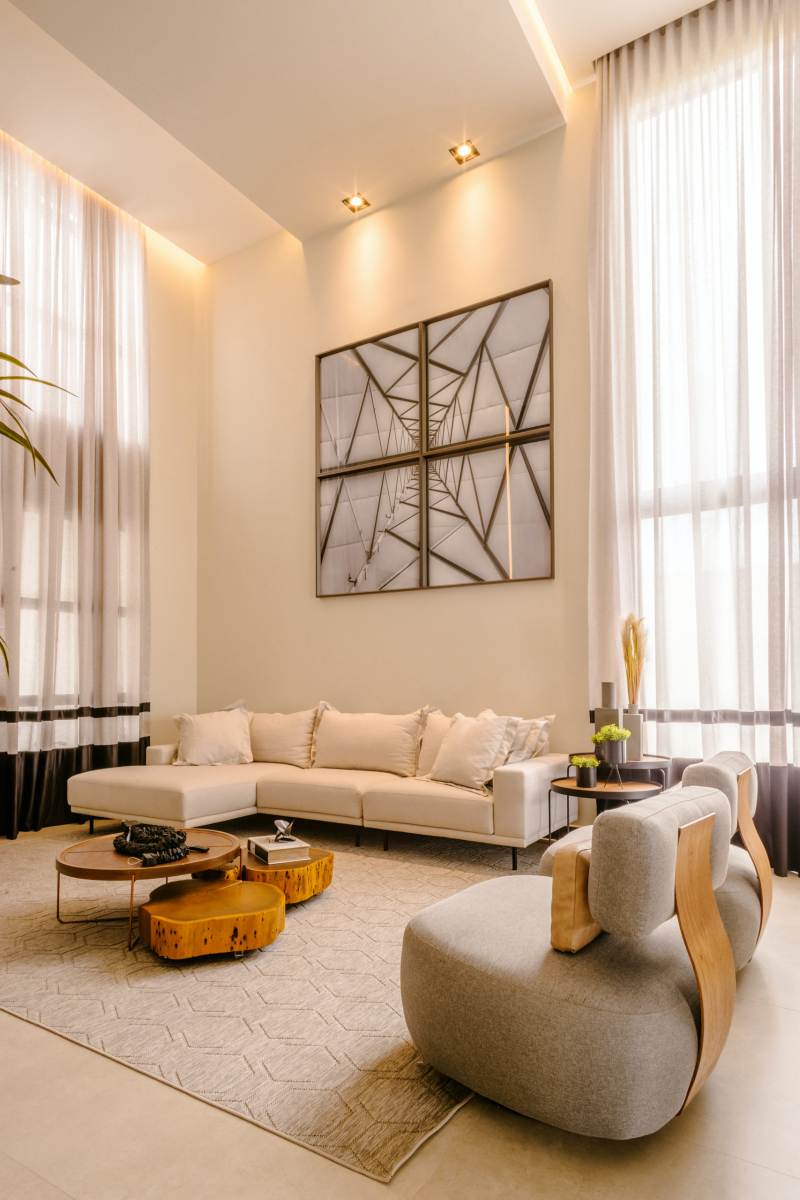
Let’s Talk Comfort (and Budgets)
Okay, let’s get real about what this is going to cost. The price tag is a direct reflection of the materials we’ve just talked about.
- The Budget Tier ($800 – $1,500): In this range, you’re almost certainly getting a particleboard frame and a basic pull-out or clic-clac mechanism. The foam will be lower density, and the fabric might look nice but won’t wear well. Honestly, expect it to sag and show its age in just a couple of years. You can find these all over sites like Amazon or Wayfair, but you have to be a real detective with the product descriptions.
- The Mid-Range Tier ($2,000 – $3,500): This is the sweet spot for most people. Here, you should expect an engineered or kiln-dried hardwood frame, a smoother mechanism, and better foam. This is where you’ll find solid options at places like Crate & Barrel or Pottery Barn. A sofa in this range should serve you well for many years.
- The High-End Tier ($4,000+): Now you’re in “buy it for life” territory. We’re talking a guaranteed kiln-dried hardwood frame, a top-of-the-line mechanism (maybe even European-designed with wood slats), high-density foam cushions, and premium upholstery like top-grain leather. You’ll find these at stores like Room & Board or from local custom furniture makers.
A huge part of that cost is the foam. Look for a density of at least 1.8 lbs, which is the industry standard. But if you can, splurge for 2.0 lb to 2.5 lb density foam. It’ll feel a bit firmer at first but will hold its shape and support for so much longer.

And for the sleeper mattress itself? Even a good one can be improved. Here’s the best hack in the business: plan to buy a separate mattress topper. A 2-3 inch gel memory foam topper (about $70-$150 online) will transform a decent guest bed into a luxurious one. It’s thin enough to roll up and store in a closet when you’re done.
The Look and Feel: Fabric 101
The fabric is what everyone sees, so it needs to be tough. In the trade, we measure fabric durability with a “rub count.” It’s basically how much rubbing a fabric can take before it shows wear.
- Light Use (10,000-15,000 rubs): Fine for a formal living room that doesn’t see much action.
- Heavy Residential (15,000-30,000 rubs): This is the minimum you should accept for a main family sofa.
- Commercial Grade (30,000+ rubs): If you have kids, pets, or both, this is your best friend.
Ask the salesperson for the rub count. If they don’t know, it’s a bad sign. When shopping online, look for this in the specs. A good seller will list it. Also, be careful with leather. “Top-grain” or “full-grain” leather is incredibly durable. “Bonded leather” is a cheap imposter made of leather scraps and plastic that will peel and flake. Avoid it at all costs.
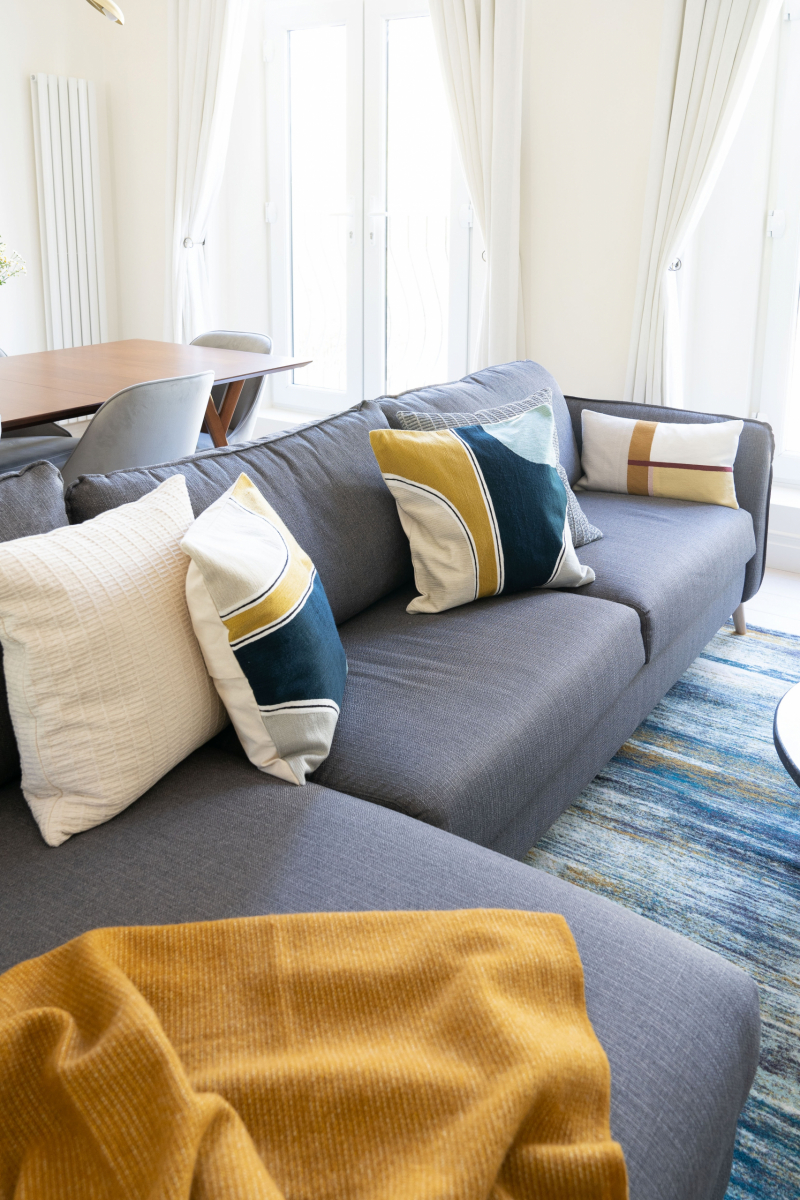
Don’t Mess This Up: Planning and Measuring
This is where the most expensive mistakes are made. I once had to oversee a job where a crane hoisted a custom sofa through a second-story window because nobody measured the stairwell. It was a costly lesson for the homeowner.
First, measure your room, but then measure EVERY point of entry: doors, hallways, and especially tight turns in staircases. Then, get some painter’s tape and mark the sofa’s footprint on your floor. Live with it for a day. Can you still walk around? You need at least 30 inches for a comfortable walkway.
Here’s the step everyone forgets: measure the sofa with the bed pulled out! Will it block a door? Can you still get to the bathroom? Don’t let your guest bed hold your home hostage.
A final pro tip on configuration: LHF vs. RHF. It stands for Left-Hand Facing and Right-Hand Facing, and it tells you which side the chaise lounge is on. Here’s the easy way to get it right: stand in your room and face the spot where the sofa will go. Now, point to the side where you want the chaise. If you’re pointing with your left hand, you need an LHF sofa. If you’re pointing with your right, you need an RHF. Simple as that.
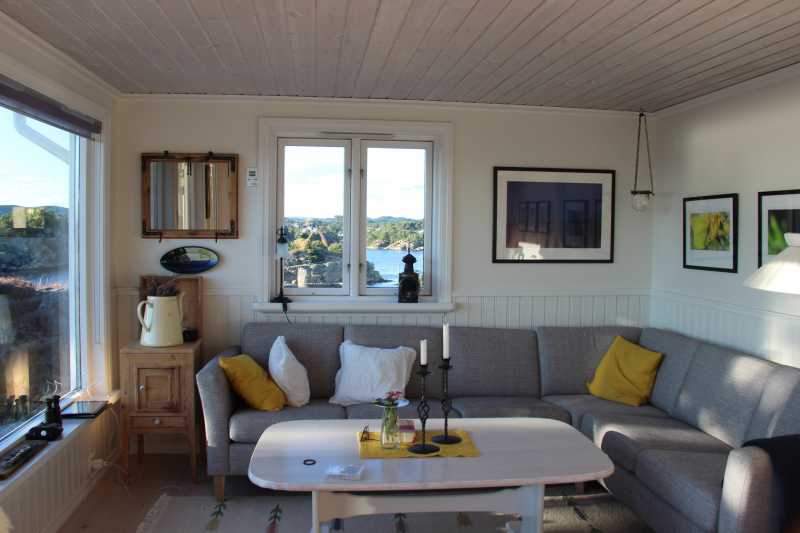
The Final Verdict
So, is a corner sofa bed a good choice? Absolutely, if you invest wisely. Think of it as a piece of machinery for your living room. A cheap one will only bring you frustration and a sore back. But a great one—built on a solid frame with a smooth mechanism and quality materials—can be the most versatile and valuable piece of furniture you own. Trust your hands, ask the tough questions, and you’ll end up with a sofa that’s a smart foundation for your home, not a regrettable compromise.
Inspirational Gallery
- It allows guests a comfortable stay without a dedicated guest room.
- It provides ample seating for movie nights with the whole family.
- It maximizes floor space in smaller apartments or multi-purpose rooms.
The secret to achieving all this? Choosing a model with a storage chaise. Many designs, from IKEA’s popular FRIHETEN to higher-end options from Crate & Barrel, cleverly hide space for pillows and duvets right under the seat.
Does the chaise longue go on the left or the right?
It seems simple, but this is one of the most critical decisions. ‘Left-hand facing’ (LHF) or ‘right-hand facing’ (RHF) is determined as you look at the sofa, not as you sit on it. Before you buy, map it out on your floor with masking tape. Consider your room’s traffic flow, the location of your TV, and which side you’d prefer to recline on to look out a window or towards the heart of the room. It’s a permanent choice you have to live with daily.
The average guest room is used for overnight guests less than 12 times a year.
This simple fact highlights the power of a corner sofa bed. Why dedicate an entire room to something used so infrequently? By integrating a high-quality sleeper into your main living area, you reclaim that valuable square footage for everyday life, turning a part-time guest space into a full-time living space.
The mattress matters, even if it’s hidden. Forget the lumpy, bar-in-the-back sleepers of the past. Modern options have seriously improved. Look for high-density foam or, even better, a memory foam mattress. Some premium models from brands like American Leather feature patented mechanisms that eliminate the bar entirely, offering a sleeping experience that rivals a traditional bed.
Don’t let your versatile sofa bed look purely utilitarian. The key to integrating it seamlessly is through textiles. A large, textured area rug beneath it can define the space and anchor the sofa’s large form. Drape a chunky knit throw over the chaise and layer cushions of varying sizes and materials—think velvet, linen, and bouclé—to add depth, comfort, and a personal touch that says ‘home,’ not just ‘extra bed’.
High-Density Foam Mattress: Offers a firm, consistent surface with no springs to poke through. It’s durable and great for allergy sufferers. Best for those who prefer a solid feel.
Innerspring Mattress: Often thinner, these can provide a more traditional ‘bouncy’ bed feel. Quality varies wildly, so check the coil count and thickness to avoid feeling the support bar.
For either option, investing in a 2-3 inch memory foam topper is the ultimate hack for turning a good sofa bed into a great one.
- Measure your entry door width AND height.
- Check the width of all hallways and stairwells.
- Don’t forget tight corners or low-hanging light fixtures.
- If you live in an apartment, measure the service elevator dimensions.
Think beyond the sofa itself and consider the mechanism’s brand.
Just as a car has an engine, a sofa bed has a mechanism. Italian brands like Lampolet and Sedac-Meral are the ‘German engineering’ of the sofa bed world, known for their smooth, durable, and easy-to-operate systems. If a salesperson can name the mechanism’s manufacturer, it’s a strong sign of a quality product.
For ultimate peace of mind, especially in a busy home with pets or kids, look beyond standard upholstery. Performance fabrics are a game-changer. Brands like Crypton and Sunbrella offer materials that are stain-resistant, water-repellent, and incredibly durable without feeling stiff or synthetic. A red wine spill can often be blotted away with just water, making them a worthy investment for your sofa’s longevity.









